University of Sheffield
Type of resources
Topics
Keywords
Contact for the resource
Provided by
Years
Formats
Representation types
Update frequencies
-
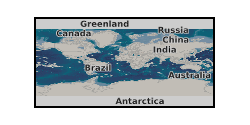
This presentation on the UKCCSRC Call 1 project, UK Bio-CCS CAP, was presented at the Cardiff Biannual, 10.09.14. Grant number: UKCCSRC-C1-38.
-
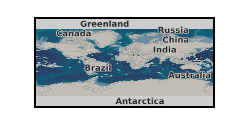
This poster on the UKCCSRC Call 1 project, UK Bio-CCS CAP, was presented at the Cranfield Biannual, 22.04.15. Grant number: UKCCSRC-C1-38.
-
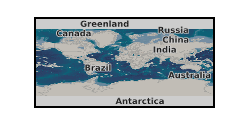
This presentation on the UKCCSRC Call 1 project, UK Bio-CCS CAP, was presented at the Cranfield Biannual, 22.04.15. Grant number: UKCCSRC-C1-38. Video available at https://vimeo.com/111747716.
-
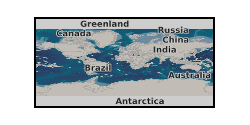
This poster on the UKCCSRC Call 1 project Bio-CAP-UK: Air/oxy biomass combustion with CO2 capture technology was presented at the CSLF Call project poster reception, London, 27.06.16. Grant number: UKCCSRC-C1-38. Bio-CCS - bioenergy with carbon capture and storage - has the ability to achieve potential net negative CO2 emissions, vital for meeting legally binding and increasingly stringent emission targets and carbon budgets. Bio-CCS has a large and distinct potential for significantly lowering CO2 emissions from energy production; thus the key messages from this programme will have clear policy implications on decarbonisation strategies. The Bio-CAP-UK project aims to accelerate progress towards achieving operational excellence for flexible, efficient and environmentally sustainable bio-CCS thermal power plants by developing and assessing fundamental knowledge. This is being achieved through extensive multi-scale experimental work, including bench and pilot-plant tests, combined with system simulations, techno-economic analysis and life cycle studies. The programme focuses on comparing air-firing coupled with post-combustion carbon capture to oxy-fuel combustion.
-
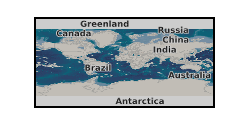
This presentation on the UKCCSRC Call 1 project, UK Bio-CCS CAP, was presented at the Cranfield Biannual, 22.04.15. Grant number: UKCCSRC-C1-38.
-
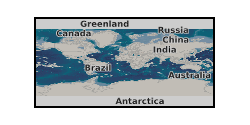
This presentation on the UKCCSRC Call 1 project, UK Bio-CCS CAP, was presented at the Cranfield Biannual, 22.04.15. Grant number: UKCCSRC-C1-38.
-
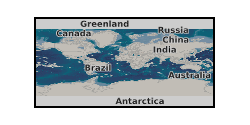
To accelerate progress towards achieving operational excellence for flexible, efficient and environmentally sustainable Bio-CCS thermal power plants by developing and assessing fundamental knowledge, pilot plant tests and techno economic and life cycle studies. In terms of assessing CO2 capture, the UK CCS on-going research portfolio includes coal and gas-fired generation, whilst limited work is being conducted on the assessment of dedicated biomass to power with CCS, or indeed, of co-firing fossil fuel generation with higher rates of biomass with CCS. The project will also greatly expand the on-going research in SuperGen Bioenergy concerning supply chains of torrefied biomass and Bio-CCS. Grant number: UKCCSRC-C1-38.
-

In this submission we Include three data sets collected as part of a NERC Urgency programme. Data were collected from a key field site within the Marlborough Fault Zone (MFZ), New Zealand. The Mw 7.8 Kaikoura Earthquake of 14th November 2016 was characterised by a surprising degree of spatial complexity in the surface displacement field in the Marlborough region, South Island, New Zealand. This complexity includes movement on up to 12 faults, besides a high degree of variability in apparent slip along strike of individual faults over relatively short distances. The Urgency programme included rapid collection of Terrestrial Laser Scanning (TLS), Structure from Motion (SfM) and Global Navigation Satellite System (GNSS) data immediately after this event. We include data for one of our field sites for which data collection succeeded, and processing has been completed. For a summary of the key initial findings from this data set, see the following EGU 2018 Abstract and summary: https://meetingorganizer.copernicus.org/EGU2018/EGU2018-6847.pdf
-
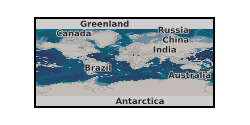
The data relate to the description and geochemical analysis of palaeosols from 5 localities spanning 60 million years from late Silurian to Late Devonian across the NE of North America, encompassing the rise of forested ecosystems. One of the sites (Cairo, New York State) was sampled by drilling cores up to 3m depth through one of the earliest fossil forest sites in the world. The cores were sawn lengthways and half of each has been retained by the New York State Museum Albany NY. The data we provide includes field context photographs of the sites and the samples that were taken, photographic logs of the drilled rock cores annotated with details of the parts that have been sampled, together with detailed geochemical analyses including XRF, XRD and ICP-MS analyses of acid dissolved samples. The 5 localities are sites where there are published records of fossil plants and palaeosols. Late Silurian deposit at Bloomsburg, Pennsylvania; Lower Devonian deposit at Gaspe Bay Quebec; Miiddle Devonian forest at Cairo Quarry New York State; slightly later middle Devonian forest at Gilboa, New York; and late Devonian site at Red Hill Hyner, Pennsylvania.
-
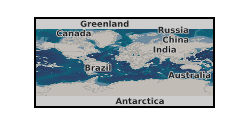
This database comprises field notebooks reporting geological field work associated with NERC Standard Grant NE/R001324/1 from 1/10/2017 – 30/6/2021. The fieldwork involved examination of Ordovician – Devonian sequences from North Wales and Scotland. Samples were collected for palynological analysis. Palynological processing involves the recovery of organic-walled microfossils by hydrochloric and hydrofluoric acid maceration. Details of other non-NERC-funded fieldwork undertaken during this period is included in the field notebooks.
 BGS Data Catalogue
BGS Data Catalogue